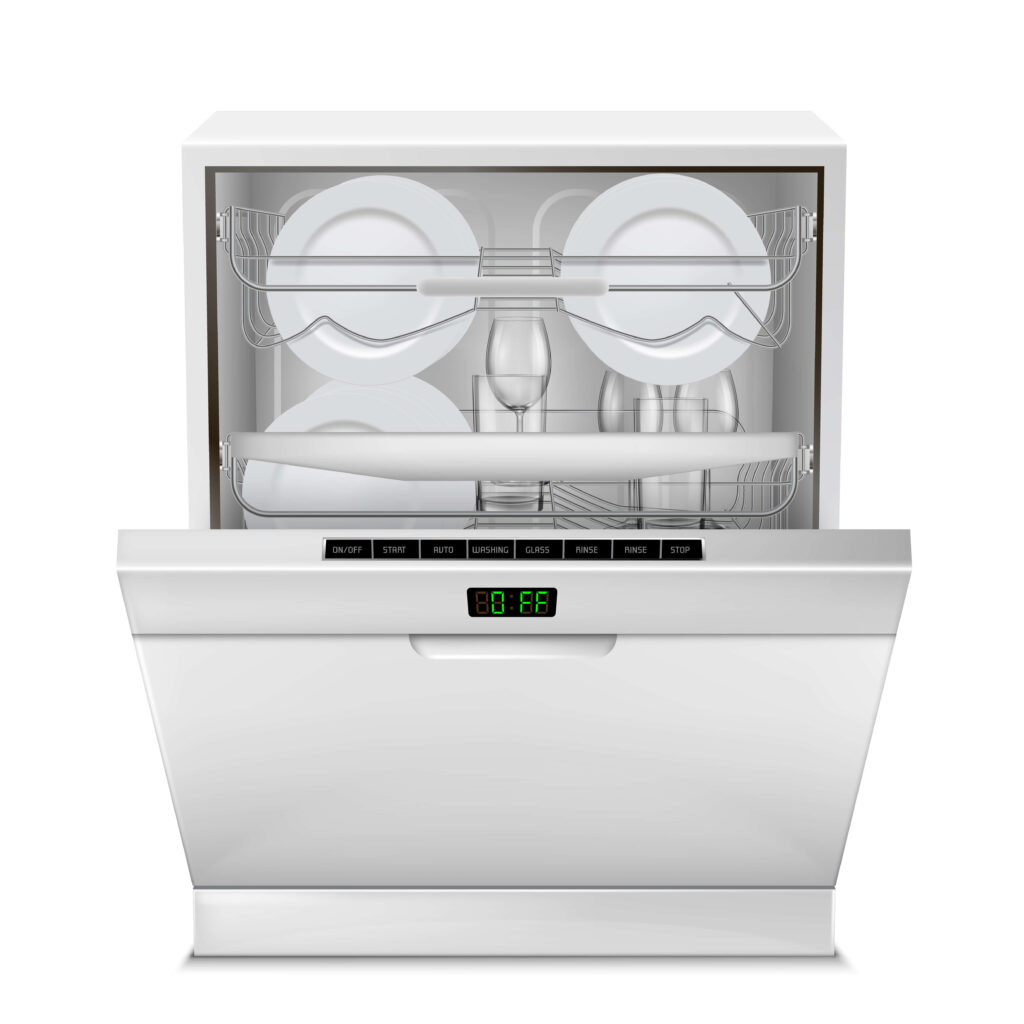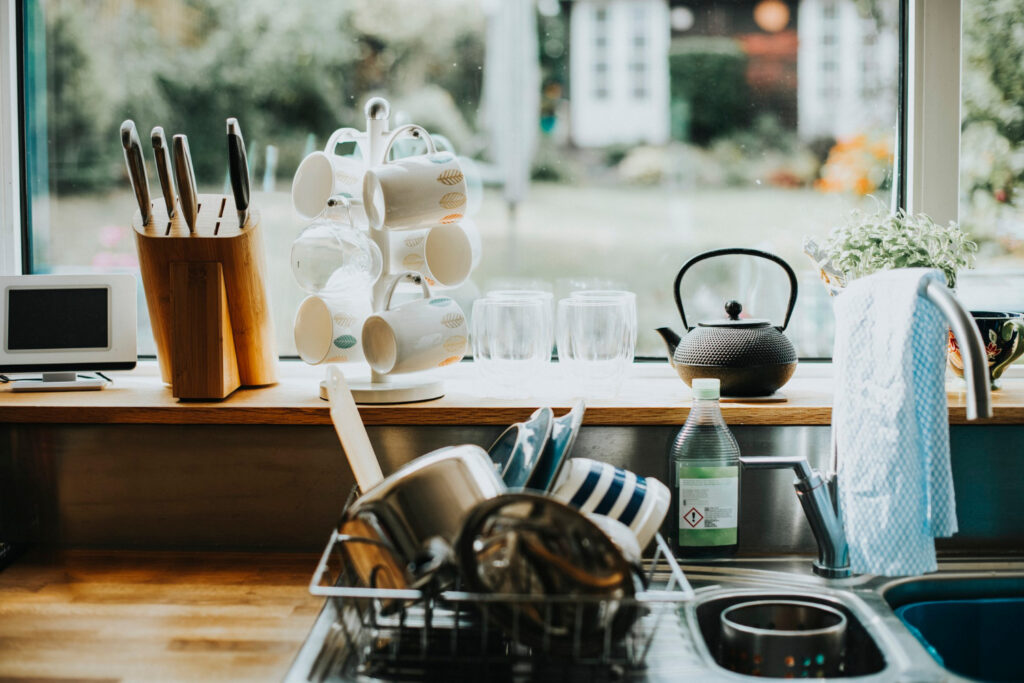Introduction
Having a dishwasher at home can be incredibly convenient, as it saves you time and effort when it comes to washing dishes. However, encountering issues with your KitchenAid dishwasher, such as it not draining properly, can be frustrating. In this article, we will explore some common reasons why your KitchenAid dishwasher may not be draining and provide you with troubleshooting tips and solutions to help you resolve the problem.

Table of Contents
- Understanding the Importance of Proper Drainage
- Possible Causes for a KitchenAid Dishwasher Not Draining
- Clogged Drainage System
- Faulty Drain Pump
- Blocked Garbage Disposal
- Improper Installation
- Troubleshooting Steps to Fix a KitchenAid Dishwasher Not Draining
- Clearing Clogs in the Drainage System
- Checking and Repairing the Drain Pump
- Unclogging the Garbage Disposal
- Verifying Proper Dishwasher Installation
- Maintenance Tips to Prevent Drainage Issues in Your KitchenAid Dishwasher
- Regular Cleaning of Filters and Spray Arms
- Ensuring Proper Loading of Dishes
- Using the Correct Dishwashing Detergent
- Regular Maintenance of the Garbage Disposal
- Conclusion
- FAQs
Understanding the Importance of Proper Drainage
Proper drainage is vital for your KitchenAid dishwasher to function effectively. When the dishwasher completes a cycle, it should drain out the dirty water and leave your dishes clean and dry. However, if you notice standing water at the bottom of your dishwasher after a cycle, it indicates a drainage issue that needs to be addressed.
Possible Causes for a KitchenAid Dishwasher Not Draining
Several factors can contribute to a KitchenAid dishwasher not draining correctly. Let’s explore some common causes:
1. Clogged Drainage System
One of the most frequent reasons for poor drainage is a clogged drainage system. Over a period of time, the drain filter of the dishwasher can become clogged with food particles, grease, and debris, causing a hindrance to the proper flow of water. A clogged drainage system requires cleaning and maintenance to restore proper drainage.
2. Faulty Drain Pump
The drain pump is responsible for pumping out the water from the dishwasher during the drain cycle. If the drain pump is defective or damaged, it may not function correctly, resulting in water remaining in the dishwasher. A faulty drain pump might require repair or replacement.
3. Blocked Garbage Disposal
In numerous homes, dishwashers are typically connected to the garbage disposal unit. If the garbage disposal is clogged or blocked, it can hinder the drainage process of your dishwasher. Clearing any blockages in the garbage disposal can help restore proper drainage.
4. Improper Installation
Incorrectly installing the dishwasher can also result in drainage issues. If the dishwasher’s drain hose is not positioned correctly or if there are kinks in the hose, it can obstruct the water flow, causing drainage issues. Ensuring proper installation of your dishwasher is crucial for optimal performance.
Troubleshooting Steps to Fix a KitchenAid Dishwasher Not Draining
Now that we have identified some potential causes, let’s discuss troubleshooting steps to fix a KitchenAid dishwasher that is not draining:
1. Clearing Clogs in the Drainage System
Start by checking and cleaning the dishwasher’s drain filter and any other components of the drainage system. Remove any food particles or debris that may be causing a blockage. You can use a soft brush or cloth to clean the filter thoroughly.
2. Checking and Repairing the Drain Pump
Inspect the drain pump for any signs of damage or obstruction. Ensure that the impeller can move freely without any obstructions. If the drain pump is faulty, consider contacting a professional technician to repair or replace it.
3. Unclogging the Garbage Disposal
If your dishwasher is connected to a garbage disposal unit, check if it is functioning correctly. Remove any debris or clogs that might be preventing proper drainage. Running the garbage disposal can help dislodge any stuck food particles.
4. Verifying Proper Dishwasher Installation
Inspect the dishwasher’s drain hose for any kinks or twists. Ensure that it is connected securely to the garbage disposal or sink drain. If necessary, reposition the hose to eliminate any obstructions. For accurate installation guidance, it is advisable to consult the manufacturer’s instructions.
Maintenance Tips to Prevent Drainage Issues in Your KitchenAid Dishwasher
To avoid future drainage issues with your KitchenAid dishwasher, consider following these maintenance tips:
1. Regular Cleaning of Filters and Spray Arms
Clean the dishwasher’s filters and spray arms periodically. Remove any trapped debris or mineral deposits that can hinder water flow. This helps ensure optimal performance and prevents the occurrence of clogs.
2. Ensuring Proper Loading of Dishes
Properly load dishes in the dishwasher, ensuring that they do not obstruct the spray arms or the drain. Overloading the dishwasher can affect water circulation and drainage.
3. Using the Correct Dishwashing Detergent
Use the recommended dishwasher detergent specifically designed for your KitchenAid dishwasher. Using the wrong detergent can cause excessive suds and affect drainage.
4. Regular Maintenance of the Garbage Disposal
Keep your garbage disposal unit well-maintained by running it regularly and clearing any food debris. This helps prevent blockages that could affect the dishwasher’s drainage.

Conclusion
Dealing with a KitchenAid dishwasher that is not draining can be a frustrating experience. However, by following the troubleshooting tips and solutions mentioned in this article, you can address common drainage issues and restore your dishwasher’s optimal performance. Remember to perform regular maintenance to prevent future problems and ensure smooth operation.
FAQs
- Q: Can I use a drain cleaner to unclog my KitchenAid dishwasher? A: It is not recommended to use drain cleaners in your dishwasher, as they can damage the dishwasher’s components. It is best to use manual cleaning methods and consult a professional if necessary.
- Q: Why does my dishwasher have a foul odor even after cleaning? A: Persistent foul odor in your dishwasher can be due to residue buildup or a clogged filter. Ensure that you clean the filters, spray arms, and other components regularly to eliminate odor-causing bacteria.
- Q: Can a faulty drain pump be repaired, or does it need replacement? A: Depending on the extent of the damage, a drain pump can sometimes be repaired by a professional technician. However, in many cases, replacement is the most effective solution.
- Q: How often should I clean the dishwasher’s filters? A: It is recommended to clean the dishwasher’s filters at least once a month or more frequently if you notice any signs of clogging or reduced performance.
- Q: What should I do if the dishwasher’s drain hose is damaged? A: If the drain hose of your KitchenAid dishwasher is damaged, it is advisable to replaceit with a new one. You can purchase a compatible drain hose from the manufacturer or a reputable appliance parts store.
By following the troubleshooting tips and implementing regular maintenance practices, you can overcome drainage issues with your KitchenAid dishwasher and enjoy its efficient performance for years to come. Remember to refer to the manufacturer’s instructions and seek professional assistance if needed.
